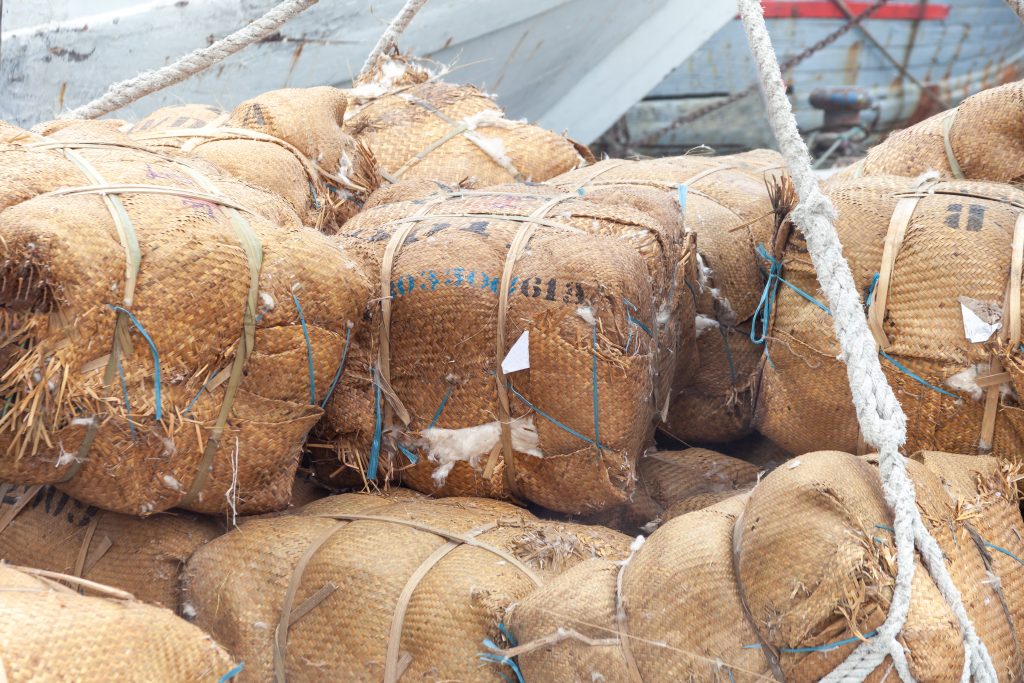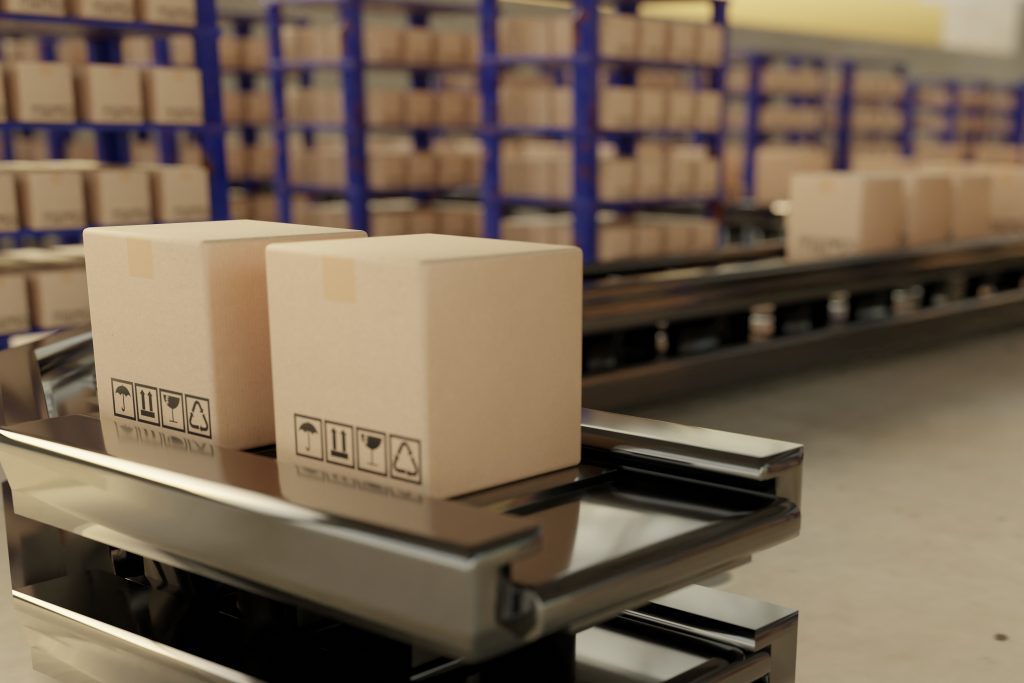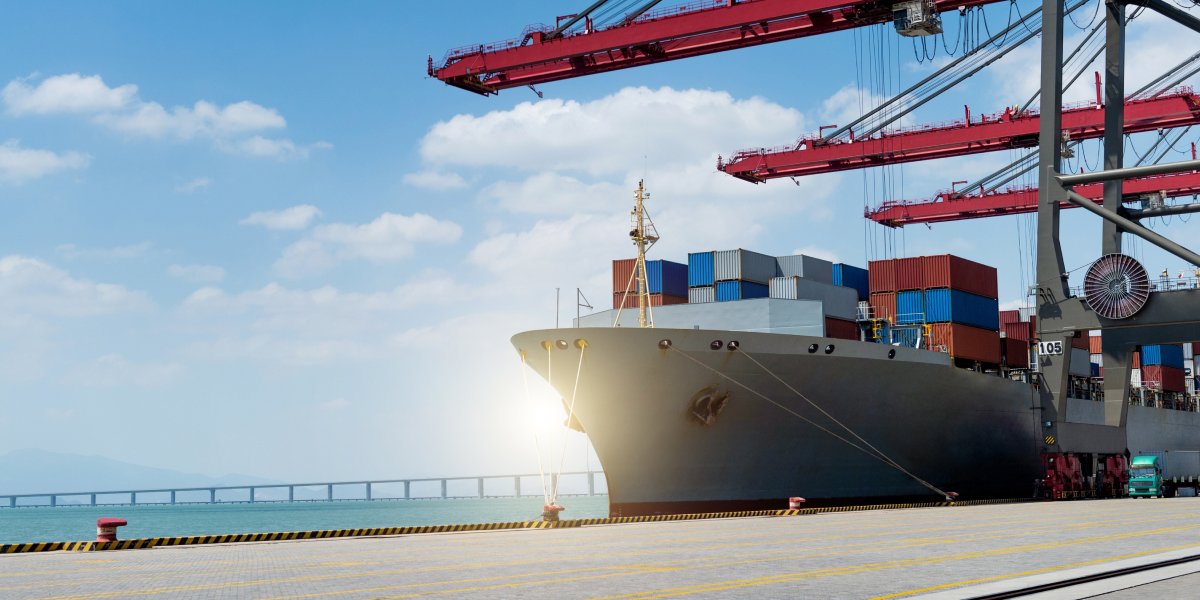The apparel and textile industry is the country’s main export sector. According to figures from the Banco de Guatemala, between January and May 2024, the sector’s exports amounted to US$763.8 million and represent 12.31% of the country’s total exports. The following is an analysis of the main import and export routes of the industry from January to June 2024.
Most of the textile industry’s imports are carried out by sea, followed by land, while air transport showed a minimal but stable participation.
Source: Bank of Guatemala.*Imports CIF value | Exports FOB value
*Imports and exports data for chapters 50 to 63 of the SAC
*Imports data only from companies under decree 29-89.
Exports are also mostly by sea, although between 2023 and 2024 a decrease of 5.63% has been observed. Exports by land have increased by 4.17% in the same period. Air transport has shown a significant increase of 60% between 2023 and 2024, although it remains the least used method.
Source: Bank of Guatemala.*Imports CIF value | Exports FOB value
*Imports and exports data for chapters 50 to 63 of the SAC
*Imports data only from companies under decree 29-89.
MARITIME TRANSPORT
Puerto Quetzal continues to be the main port for imports, both in terms of volume and percentage share. While Santo Tomás de Castilla and Puerto Barrios serve as secondary ports, with fluctuations in their share. The slight decrease in the total percentage of imports through ports from 2023 to 2024 could indicate a trend towards diversification in import methods, although ports continue to lead the access channel for imports.
Source: Bank of Guatemala.*Imports CIF value | Exports FOB value
*Imports and exports data for chapters 50 to 63 of the SAC
*Imports data only from companies under decree 29-89.
During January through June 2024, 67% of the industry’s exports were made through the ports. Mainly through St. Thomas of Castile on the Atlantic, whose main destination is usually the East Coast of the United States. Santo Tomás shows a stable trend with small fluctuations and a significant increase is observed in the first half of 2024. On the other hand, Puerto Quetzal shows a significant decrease in 2022, with a slight recovery in 2023 and stability in the first half of 2024 and Puerto Barrios, shows a positive trend between 2020 to 2023, but with a decrease for 2024.
*Imports CIF value | Exports FOB value
*Imports and exports data for chapters 50 to 63 of the SAC
*Imports data only from companies under decree 29-89. Source: Logistics competitiveness bulletin AGEXPORT
The term “port dwell time” refers to the period a container vessel spends in a port from the time of its arrival until its loading or unloading is completed and it is ready to sail to its next destination. Port dwell time is a key indicator of the efficiency and effectiveness of port operations and has a significant impact on shipping costs and scheduling.
APM Terminals and Puerto Quetzal have the highest average dwell times for container vessels, while Puerto Moín in Costa Rica, operated by APM, has the lowest average dwell times of all port terminals, in addition to being the port terminal with the lowest monthly variability, indicating consistent and predictable operations.
February and March are the months that show lower dwell times compared to June, month in which a peak in dwell time is observed for most of the port terminals, especially for the two terminals on the Pacific side of the country which are APM Terminals with 27.43 hours and Puerto Quetzal with 29.6 hours.

GROUND TRANSPORTATION
27% of the industry’s imports entered by land between January and June 2024. The main port of entry is Pedro de Alvarado (Guatemala – El Salvador): This border crossing has seen a steady increase in the share of imports, rising from 22% in 2020 to 33% in 2024. It is followed by the Tecún Umán border (Guatemala – Mexico).
Source: Bank of Guatemala.
*Imports CIF value | Exports FOB value
*Imports and exports data for chapters 50 to 63 of the SAC
*Imports data only from companies under decree 29-89.
On the other hand, the proportion of exports via land has increased slightly from 24% in 2023 to 25% in 2024. Pedro de Alvarado (Guatemala-El Salvador) is consistently the customs office most used for exports, with the highest volume of exports in all the years analyzed. However, it has shown a downward trend from 2021 to the first half of 2024. While Corinto customs (Guatemala-Honduras) has experienced a significant increase, especially since 2022, so it has been gaining importance as a land export point, with significant growth in recent years. The Valle Nuevo and San Cristóbal customs offices, both located between Guatemala and El Salvador, have been stable. Tecún Umán (Guatemala-Mexico) has shown a constant and slight increase.
Source: Bank of Guatemala.
*Imports CIF value | Exports FOB value
*Imports and exports data for chapters 50 to 63 of the SAC
*Imports data only from companies under decree 29-89.
INDUSTRY’S MAIN TRANSPORTATION ROUTES
The main customs offices through which imports and exports of the apparel and textile industry take place are: Pedro de Alvarado, Tecún Umán and Corinto, so the main roads used by the industry are CA-1, CA-2, CA-9 and CA-13, so their maintenance and good condition are crucial for the industry’s overland trade.
AIR TRANSPORT
Only 3% of the industry’s imports during 2023 entered by air. After an initial increase in 2021, air imports have been declining year over year. This could be due to a number of factors, such as supply chain adjustments, preference for other transportation methods, or fluctuations in demand.
Source: Bank of Guatemala.
*Imports CIF value | Exports FOB value
*Imports and exports data for chapters 50 to 63 of the SAC
*Imports data only from companies under decree 29-89.
Although the absolute volume of exports via air has decreased from 2020 to 2024, the proportion of industry exports made via air increased from 5% in 2023 to 8% in 2024.
Source: Bank of Guatemala.
*Imports CIF value | Exports FOB value
*Imports and exports data for chapters 50 to 63 of the SAC
*Imports data only from companies under decree 29-89.

For more information on import or export market trends in the apparel and textile industry, please contact our Promotion, Trade and Investment team.


